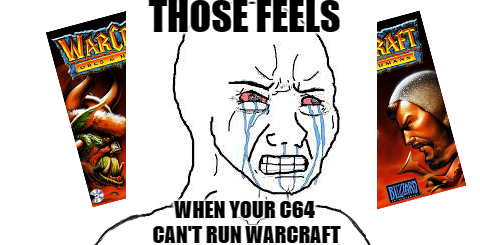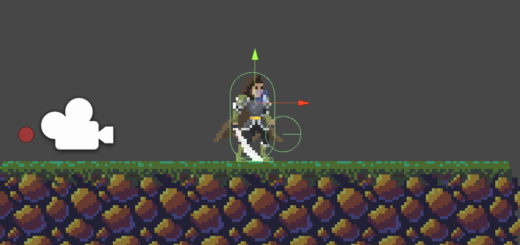My choice of pixel art software
In 2019 the offer for pixel art applications is very broad and diverse. We have many packages available. The entry point is as low as Windows Paint or as high as Adobe Photoshop, with all the custom made applications in between. The choice depends on the budget and specific needs of the user. Most applications which allow for drawing bitmaps are sufficient for creating pixel art. However some of them are more of a hassle to setup conveniently than others. There are many excellent articles and lists comparing pixel art applications. I will provide some links in the References section. Below I present my choice of pixel art software that I use in my work.
PyxelEdit
This tool is my favorite application for making pixel art. It costs only 9$ and is still in Beta. However, considering its beta development stage, it already covers most of my needs. And it is still being developed, so I hope many more features will be added.
My favourite application – PyxelEdit
I am not a very good animator, but I hold my own in tileset creation. And for tileset creation PyxelEdit just cannot be beaten. The whole process is very easy and there are many tools to work with. You can for example create tiles, from which you can then create instances, and those instances may be modified, while still referencing the original tile information.
Another plus for me is the interface which has a “classic” feel to it. The application also supports animations and has many tools geared towards it, however Pyxel Edit is not the optimal choice in this regard.
Aseprite
Aseprite is the first application I tried for pixel art. I immediately drew some quick animations and became hooked. And animation is where this application shines. I simply do not know any other tool which makes animating 2D pixel art sprites so easy and fun.
![]()
The application’s animation workflow is based on frames, which can in turn be grouped by tags. This enables the user to create separate animations. Aseprite also supports layers, so it is very easy to animate each part of the body separately. One of Aseprite’s selling points is the Onion Skin feature. It displays the “phantoms” of previous and next frames on the same picture. This way we can see were e.g. the arms of the animated figure were before and where they are moving to. This is a great reference for animation. Especially for people like me, i.e. people who are not very adept at animation, but need to get some work done nonetheless:) One of Aseprite’s few flaws is its “retro” interface, which for me is not always fully readable.
Aseprite is available at about 15$ on Steam.
Paint Of Persia (PTOP)
I have always been impressed by the game Prince of Persia. The original version of course. The fluid, lifelike animations were mesmerizing to me and I always liked games with such 2D art. Only quite late in life did I find out that these animations are not drawn by hand. Instead, a technique called rotoscopy (rotoscoping) is used to trace the footage or photographs. Basically the artist redraws the shapes and later applies color/style according to the product’s requirements. This way brilliant animations may be created with comparatively little skill. The only drawback is that the process may be time consuming when you consider capturing reference footage, converting the footage to proper pixel scale, selecting proper frames to maintain the dynamics of the animation etc.
This is where PTOP comes in. It functions like an overlay. You select the intended resolution, open a reference video and simply draw over it. There are a few options like opacity, but nothing spectacular. However, for blocking out basic shapes it is fantastic.
![]()
Place the window over the thing you want drawn. Each toolbox is floating, so may be placed anywhere for the user’s convenience. The Add button enables the addition of new frames which form the animation. You may then export the file and paint/adjust the art in a more convenient environment, like Aseprite, Pixel Edit or Photoshop.
The application is available for whatever price you wish to pay at the author’s page.
Summary
These are the only applications I currently use for my 2D work. I have no Photoshop subscription, nor have I bought any of the alternatives that are available. Additional work, like comments and annotations, I perform using the Serif PagePlus X8 suite. This is a DTP suite I bought a few years ago to work on my other projects. If you would like to read about other applications that are available, please follow the links I provided in the reference sections. There are quite a few noteworthy articles and blog posts which summarize the available options.
References:
Pyxel Edit: https://pyxeledit.com
Aseprite: https://www.aseprite.org
PTOP: https://dunin.itch.io/ptop
List of popular apps at Lospec: https://lospec.com/pixel-art-software-list
Pixel art page at wikipedia, contains links to some apps: https://en.wikipedia.org/wiki/Pixel_art
Article at conceptartempire: https://conceptartempire.com/pixel-art-software/





Great beat ! I would like to apprentice while you amend your web site, how could i subscribe for a blog site? The account helped me a acceptable deal. I had been a little bit acquainted of this your broadcast provided bright clear concept